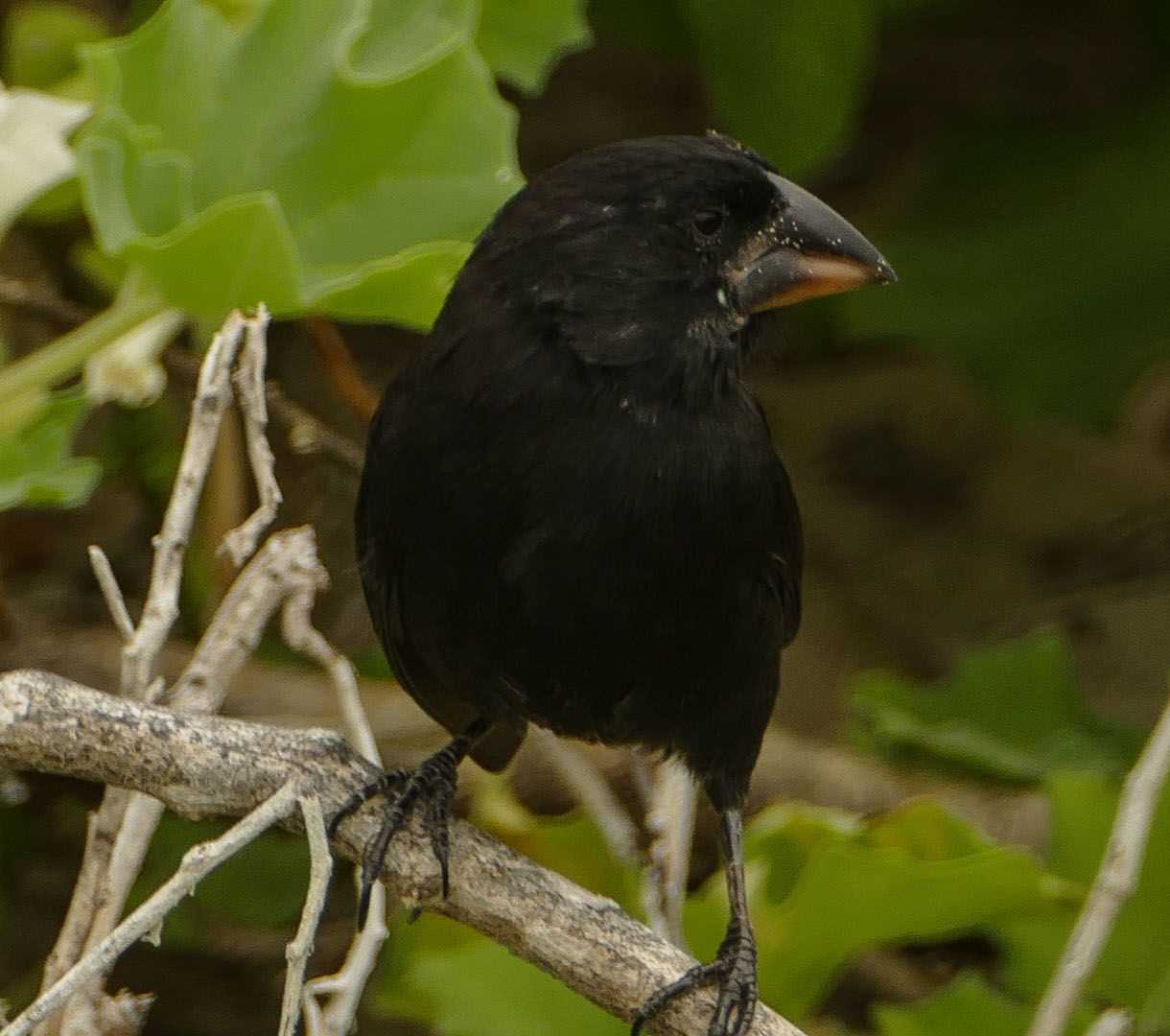Down in the southeast corner of the archipelago, one feels particularly isolated and alone. Winds and oceans currents come from the southeast – a thousand miles away…and go only one way – to the northwest. All here is unique within the uniqueness of the islands…One-of-a-kind species for only this little island. Mockingbird, finches, marine iguanas, giant tortoises, lava lizards. Our snorkeling experience was outstanding – sea lions dashing at us, twirling away while laughing…bubbles coming out of their nose being the giveaway that we were being made fun of. So good to live in the present.
10/4/2024
Read
National Geographic Endeavour II
Genovesa Island
With coffee in hand, I stepped out onto the front balcony of the lounge to see what was going on. We had just entered Darwin’s Bay, dropped anchor, and the juvenile red-footed boobies had found the ship and were flying around us on an inspection tour. The rest of the day continued with discoveries of all kinds. An early morning inversion layer (locally known as “garúa”) had fallen and dampened the environment with much desired drops of fresh water, although the chicks of various species didn’t appear terribly pleased in having wet feathers. On our return, the same bedraggled individuals looked smooth, sleek and dry once the sun had come out. The Galapagos National Park has only two sites for visitors, both spectacular, both well worth a slow walk among the palo santo trees to see the great frigatebirds, red-footed boobies, Nazca boobies, Galapagos doves, Darwin’s finches, short-eared owls, and storm petrels. Snorkeling, kayaking, and paddleboarding along the base of the cliffs of Darwin’s Bay followed. There’s nothing quite like this island anywhere in the world.







